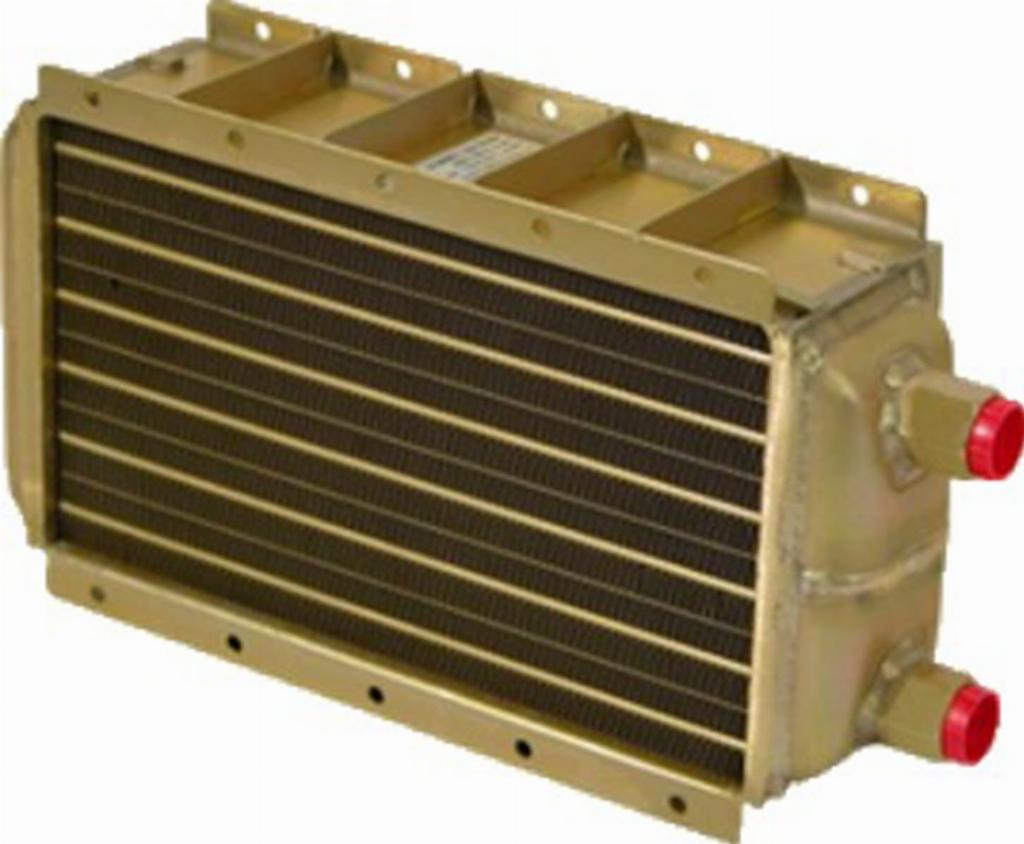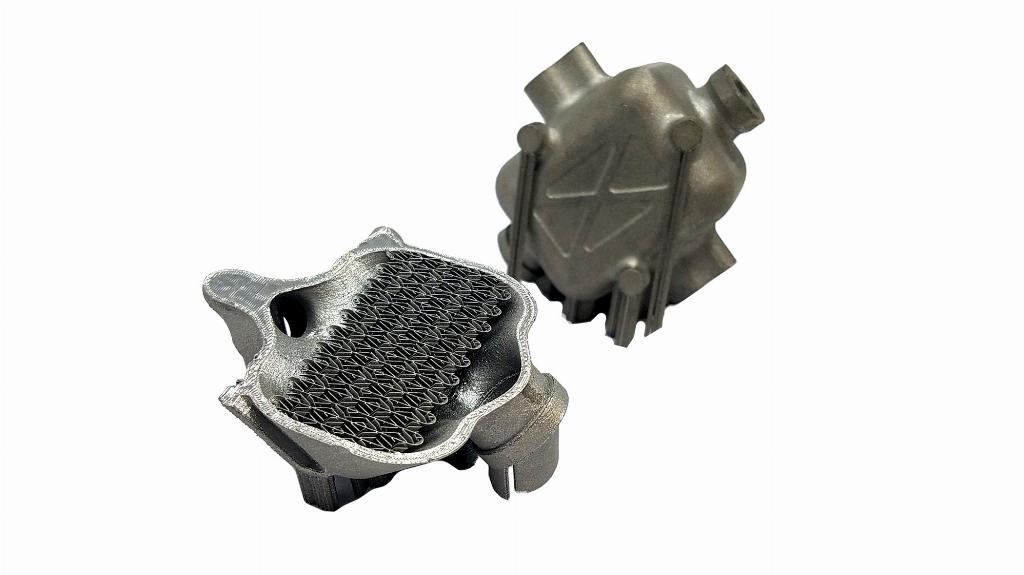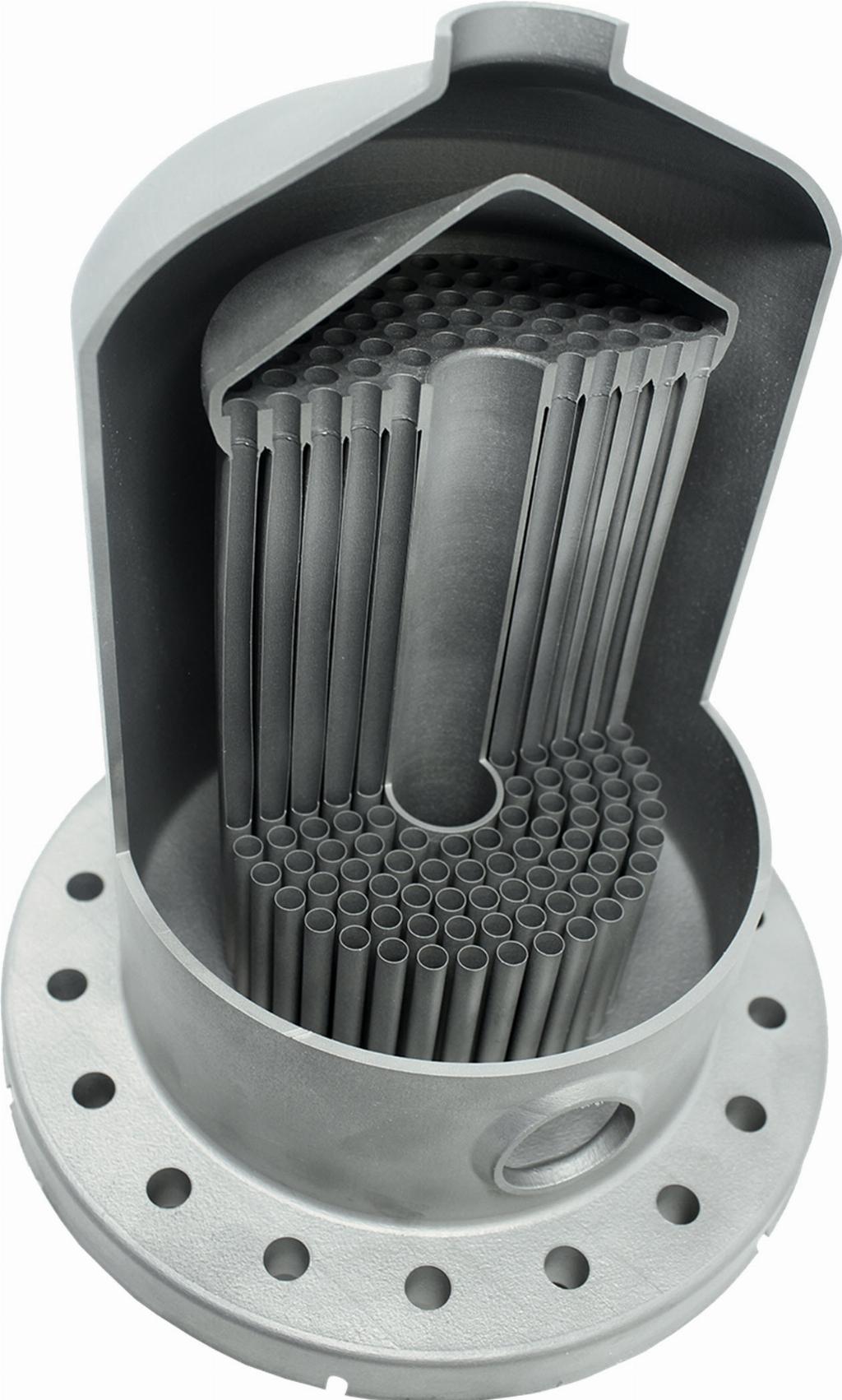All change for heat exchange production

In this article Will Hasting, director of power turbine and aviation solutions at metal additive manufacturing specialist VELO3D, discusses the advantages of using additive manufacturing processes for heat exchangers widely used in aerospace.
Heat exchangers play a crucial role in mission-critical aviation and aerospace applications. They are vital to the optimal performance of jet engines; essential to the accurate functioning of aircraft electronics; and key to a satellite’s ability to perform a multitude of functions without overheating.
Traditionally, heat exchangers have been manufactured one at a time using time-consuming processes that drive cost. The most common of these is brazing, a technique that joins metallic parts and surfaces with a layer of molten metal.
Brazing is an effective means of production, but a variety of factors – including the need for skilled labour that is becoming increasingly hard to find, the use of gold and other expensive materials, and the environmental concerns of trichlorethylene and other toxic by-products – add significant barriers to the efficient production of heat exchangers manufactured with this process.

Producing heat exchangers by hand requires inordinate amounts of time. The conventional process, (which involves design, tooling, manufacturing of parts, assembly, brazing and inspection) can take up to 12 months to complete for each iteration; anything that goes wrong between start and finish involves additional time, expense, and effort to correct.
First generation metal AM
For these reasons and more, engineers have begun seeking alternatives. As additive manufacturing (AM) equipment started becoming available in recent decades, forward-thinking manufacturing engineers realised that the technology might be able to deliver some of the more exacting heat-exchanger requirements that the aerospace industry was demanding in the search for greater efficiencies and higher performance.
Creating a single, unified component with 3D-printing could dramatically cut assembly times and eliminate much expensive tooling and fixtures. Design cycles per iteration could be reduced from 12 months to as little as six weeks, and product quality would be improved through more exacting automation of the manufacturing process.
Manufacturing engineers discovered many other benefits to using AM in this type of application. AM provided suppliers with the flexibility they needed to increase surface area per unit volume far beyond what could be accomplished with traditional processes.
AM also made it possible to lightweight heat-exchanger components without affecting performance. The technology further enabled vendors to try out a variety of new metal alloys that could be tailored to specific industrial applications.
Today, the use of additive manufacturing to produce complex heat exchangers is a reality, and modern aircraft are flying with heat exchangers produced by 3D printers.
However, the first-generation machines did not completely solve the problems facing manufacturers, as limitations in early 3D printing processes restricted design and production in some critical areas. Demand was growing for even higher-performance heat exchangers with more complex geometries that could not be met by first-generation AM equipment at all.

New generation AM Systems
Recent developments in the world of additive manufacturing have now taken the industry to new heights. Next-generation metal AM systems, available today, offer a variety of features uniquely suited to helping manufacturers design and produce high-performance heat exchangers unlike any developed before. These machines offer breakthrough features – including higher aspect ratios, less support structures to post-process, in-situ process monitoring in real time, and a greater degree of design freedom – that make it possible to develop and manufacture, the more elaborate geometries demanded by today’s aviation and aerospace applications.
Increased aspect ratio is also a very important feature of next-gen systems. Many heat exchangers built with brazing and other traditional processes involve high aspect ratios: they are very tall but not, relatively, very wide. First-generation AM machines cannot reproduce such dimensions because they are limited to aspect ratios no greater than 8:1. Next-gen AM systems, on the other hand, offer nearly infinite aspect ratios (within the height capacity of the build chamber, 1m tall machines are under development) dramatically increasing the type and height of heat exchangers that can be produced.
Unlike previous laser powder-bed fusion (LPBF) solutions, next-generation AM systems feature the unique ability to print low angles and overhangs down to zero degrees – as well as large diameters and interior channels and passageways up to 100mm – without the need for support structures that need to be removed after printing. This not only overcomes the “45° rule” for conventional AM that recommends using supports for any surface less than 45 degrees, it also reduces the need for extensive post-processing.

Improved, non-contact, recoater technology, another key feature of the more advanced systems, contributes to a smoother surface finish straight out of the build with no need for elaborate refinishing. The thicker, rougher surfaces produced by most other equipment can interfere with the efficient flow of liquids and air essential to heat exchangers. The more uniform surfaces produced with next-gen systems provide maximum flow efficiency (lower pressure drop), which is vital to the optimum performance of a heat exchanger.
Production monitoring
Advanced process monitoring is yet another important feature offered by next-gen AM machines. With the newest systems, quality control can be maintained at every layer of the build using a variety of sensors that monitor – and often automatically adjust – the status of such metrics as laser focus, laser stability, and powder bed depth in real time. Next-gen machines can self-calibrate without intervention from a field service engineer. While NASA currently recommends lasers to be calibrated every 90 days, its guidelines state that this is not optimum: clearly, the ability of the latest AM systems to calibrate much more frequently will result in the production of components that better meet the highest aerospace industry requirements for quality.
The development of first-generation additive manufacturing machines made it possible to start manufacturing traditional plate-fin heat exchangers with 3D printing. Not all heat exchangers could be reproduced with AM, however, and many manufacturers simply couldn’t justify switching. With the advent of next-gen AM systems, however, 3D printing can now be used to create solutions that weren’t even considered possible before. Not only can these systems deliver more innovative solutions to the industry, they can do so while reducing costs, minimizing time-to-market, decreasing weight, and improving performance.
[caption id="attachment_36311" align="alignright" width="215"] Will Hasting-VELO3D[/caption]
Will Hasting-VELO3D[/caption]
For those providers interested in trying advanced additive manufacturing for the first time, it is recommended to choose an optimum 'first part' for production. Potential parts must be made with an alloy that’s weldable and compatible with the 3D printing process such as alloys made from nickel, aluminium, and titanium. Designs should be created with part consolidation and reduced weight in mind. High demand from customers for reduced lead times and greater performance can also be a driving factor for investing in next-gen AM.
Manufacturers who are thinking about moving to AM should be aware that, while brazing will likely be used for heat exchangers for some time to come, the availability of next-generation AM systems is already revolutionising the way in which they could be designing and producing high-performance products for the most demanding aerospace and aviation applications.












